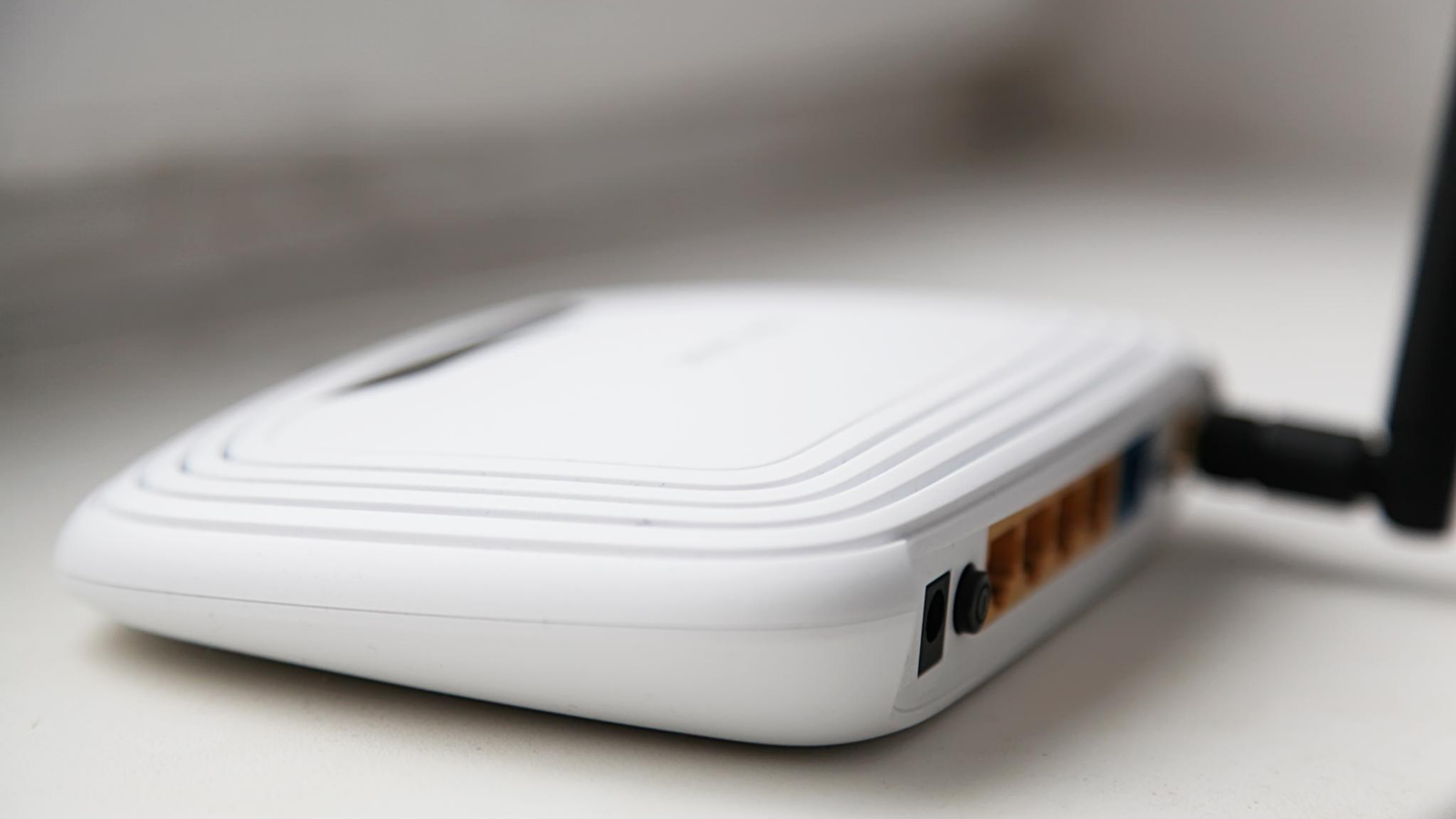Digital Subscriber Line (DSL) modems are the unsung heroes of broadband connectivity, serving as the primary Customer Premises Equipment (CPE) for millions of users worldwide. While fiber optics and cable internet often steal the spotlight, DSL remains a reliable and cost-effective solution for high-speed internet, especially in areas where other technologies are unavailable.
In this article, we’ll break down how DSL modems function within broadband networks, their key components, and why they remain relevant in today’s evolving digital landscape.
Understanding DSL Modems as CPE
A DSL modem is a networking device that connects a user’s home or office to an Internet Service Provider (ISP) via telephone lines. Unlike traditional dial-up connections, DSL allows for simultaneous internet access and phone calls by utilizing higher frequency bands.
As CPE, the DSL modem acts as the bridge between the ISP’s network and the end-user’s devices (such as computers, routers, or smart home systems). Its primary role is to modulate and demodulate digital signals, converting data from the ISP into a usable format for connected devices.
How DSL Modems Work in Broadband Networks
1. Signal Transmission Over Copper Lines
DSL technology leverages existing telephone lines to transmit data. Here’s how the process works:
- Modulation: The modem converts digital data from your computer into high-frequency electrical signals.
- Transmission: These signals travel over copper telephone wires to the DSL Access Multiplexer (DSLAM) at the ISP’s central office.
- Demodulation: The DSLAM decodes the signals and routes them to the broader internet.
Since DSL uses frequencies above the voice band (typically 25 kHz to 2.2 MHz), it doesn’t interfere with traditional phone services.
2. Types of DSL Technologies
There are several DSL variants, each optimized for different needs:
- ADSL (Asymmetric DSL): Faster download speeds than upload speeds (ideal for home users).
- SDSL (Symmetric DSL): Equal upload and download speeds (suited for businesses).
- VDSL (Very-high-bitrate DSL): Delivers ultra-fast speeds over short distances.
3. The Role of Filters and Splitters
Since DSL and voice signals share the same line, filters (microfilters) or splitters are used to prevent interference:
- Filters: Small devices attached to phone jacks to separate voice and data signals.
- Splitters: Installed at the main telephone line entry point to split signals before they reach devices.
4. Connection to the ISP’s Network
Once the DSL modem establishes a connection, it communicates with the ISP’s DSLAM, which aggregates multiple user connections into a single high-speed link to the internet backbone.
Key Components of a DSL Modem
A typical DSL modem consists of:
- DSL Chipset: Handles signal modulation/demodulation.
- Ethernet/Wi-Fi Ports: For wired and wireless device connections.
- Processor: Manages data routing and security protocols.
- Power Supply: Ensures uninterrupted operation.
Some advanced modems also include built-in routers, firewalls, and Quality of Service (QoS) features for optimized performance.
Why DSL Modems Remain Relevant
Despite the rise of fiber and cable internet, DSL modems are still widely used because:
✔ Cost-Effective: Utilizes existing telephone infrastructure, reducing deployment costs.
✔ Wide Availability: Accessible in rural and suburban areas where fiber isn’t available.
✔ Reliable Performance: Sufficient for browsing, streaming, and remote work.
However, DSL does have limitations, such as speed degradation over long distances and lower maximum speeds compared to fiber.
Future of DSL Modems in Broadband Networks
With advancements like G.fast (a DSL enhancement technology), DSL continues to evolve, offering gigabit-like speeds over short copper line distances. While fiber is the future, DSL modems will remain a crucial part of broadband networks for years to come, especially in regions with infrastructure constraints.
Conclusion
DSL modems play a vital role in delivering broadband internet to homes and businesses, acting as the critical link between ISPs and end-users. By understanding how they work, users can optimize their connections and make informed decisions about their internet setups.
Whether you’re troubleshooting slow speeds or setting up a new connection, knowing the ins and outs of DSL modems empowers you to get the best performance from your broadband service.
